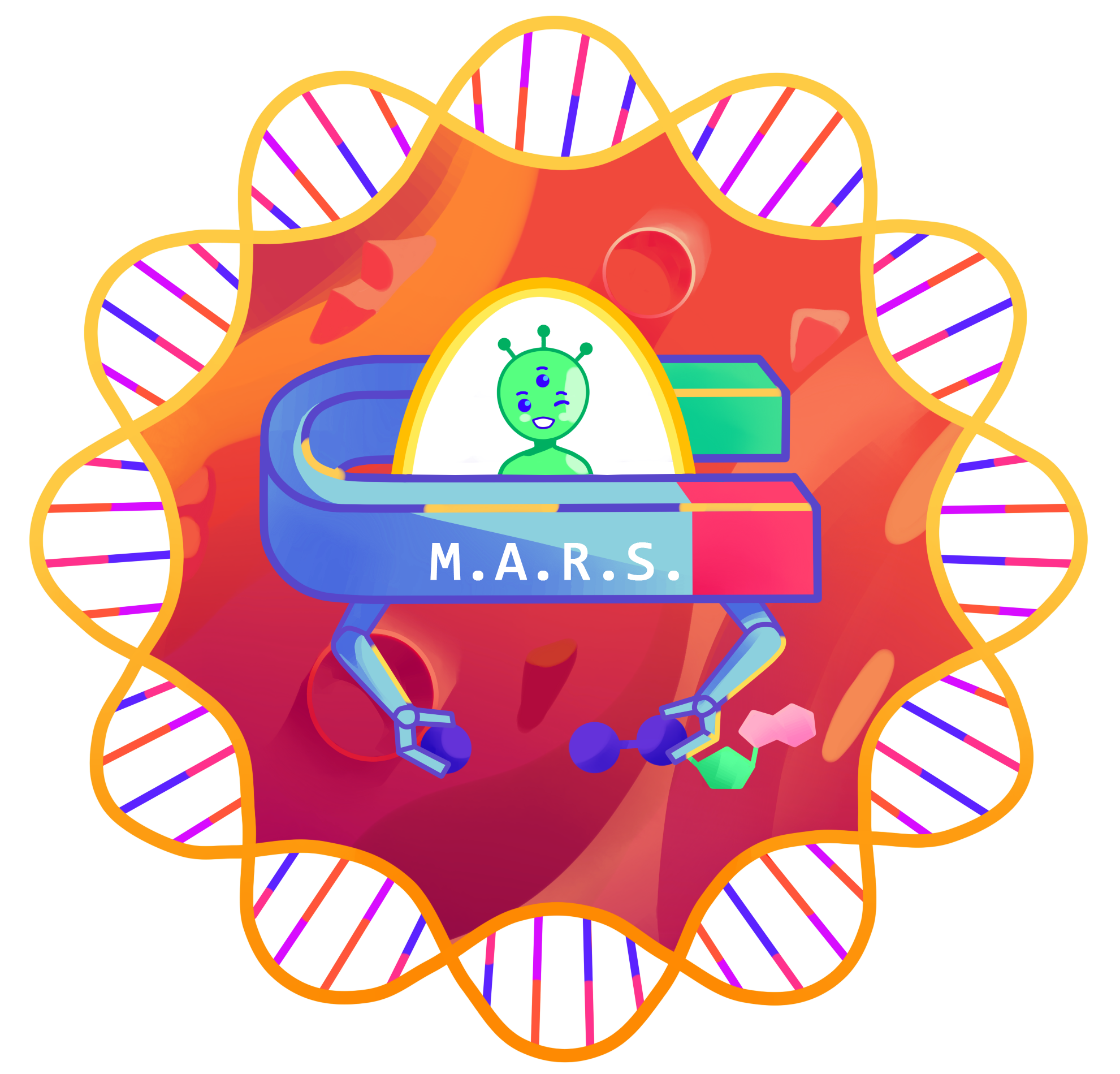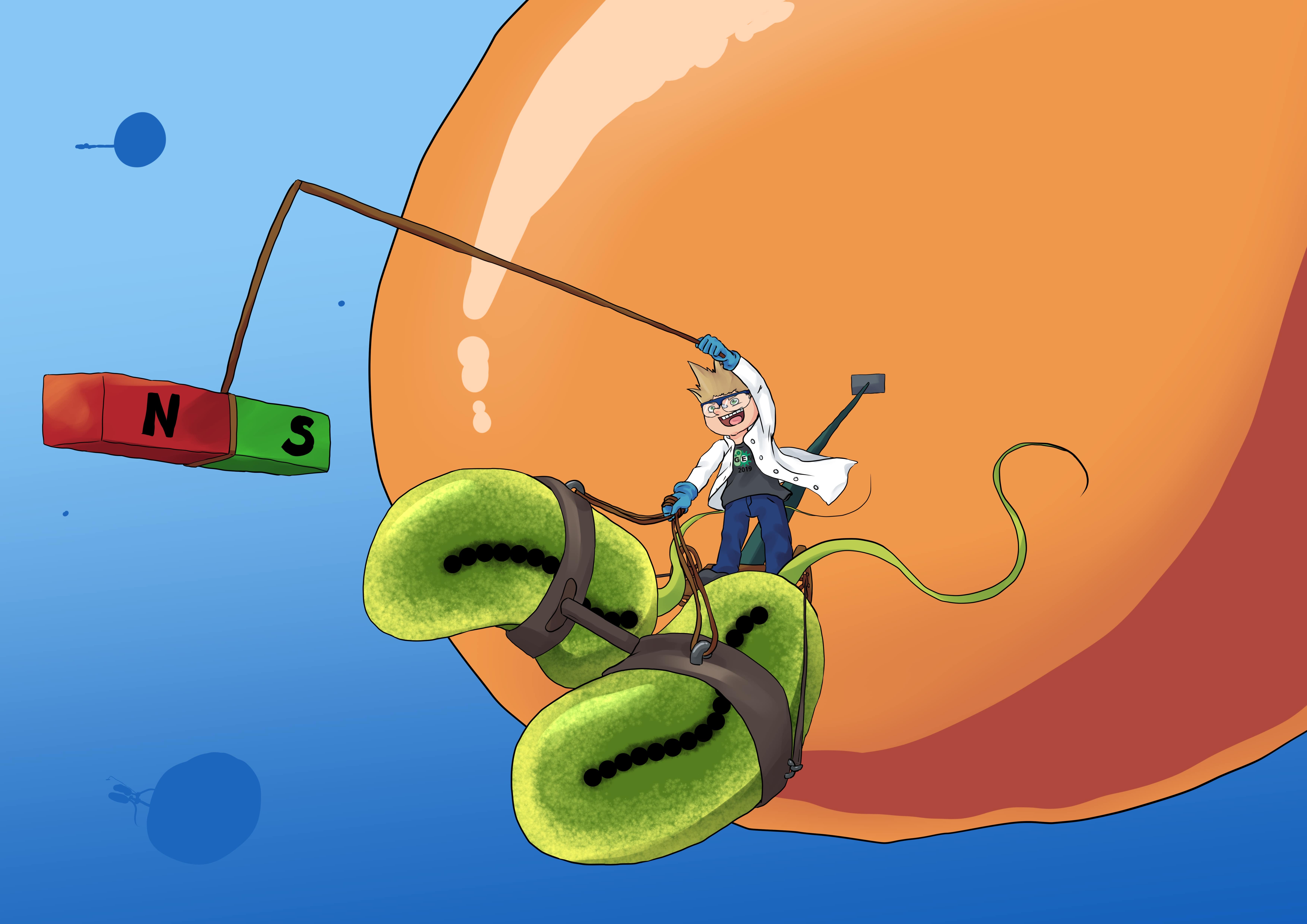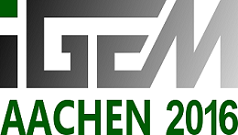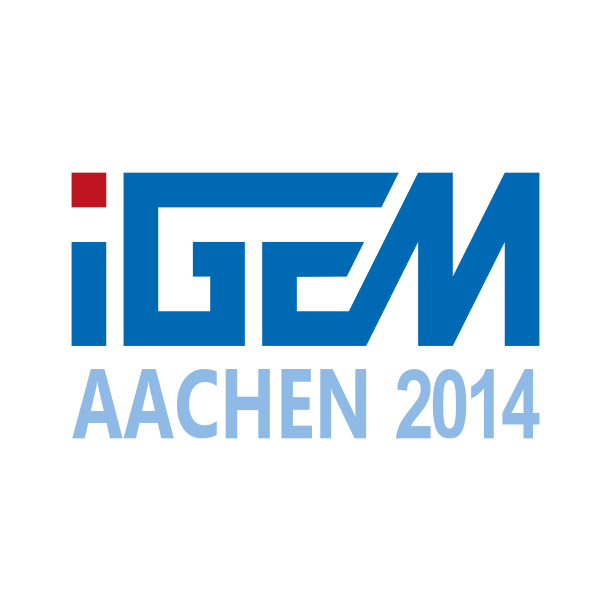RareCycle introduced a bio-based solution for recycling Rare-Earth Elements from e-waste. Leveraging genetically modified fungi and synthetic biology, the project developed a modular process for efficient extraction. Focused on decentralization, RareCycle aimed to democratize e-waste recycling, offering a sustainable solution to a pressing environmental challenge.


MEtaPhos aimed to improve phosphate recycling by using bacterial phosphate-binding proteins to selectively extract phosphate from wastewater. With the integration of a molecular switch, the binding and release of phosphate can be precisely controlled. This approach facilitates an efficient system for recycling phosphate, contributing to sustainable resource management.
Storagene developed an enzymatic DNA synthesis tool using the enzyme TdT (terminal deoxynucleotidyl transferase) for long-term data storage. This method enabled automatic conversion of data to DNA through the extension of immobilized primers on a magnetic stick and their customized hardware. In addition, a software enables the seamless conversion of data into genetic language and the readout of data generated by nanopore sequencing


The M.A.R.S. project introduces a bioreactor system using light-powered, mitochondrion-like protocells to regenerate biochemical energy for ATP-driven enzyme cascades. Combining bacteriorhodopsin from Halobacterium salinarum and ATP synthase from Saccharomyces cerevisiae within polymersomes and liposomes, these protocells provide a versatile energy source. Magnetically bound for efficient recycling and purification, this system eliminates the need for living cells, offering a sustainable, reusable solution for various biochemical applications.
The "Plastractor" addressed the pervasive issue of plastic pollution by harnessing the power of Magnetospirillum sp. Through innovative engineering, fusion proteins were developed that integrated into the bacteria's magnetosomes, allowing them to selectively bind to specific polymers like polypropylene. This process facilitated the removal of microplastics from liquids, aided by a magnetic field. By incorporating distinct plastic-binding peptides, the aim was to detect and separate various types of plastics, offering a promising solution to combat environmental plastic contamination.


In 2018, iGEM Team Aachen developed an innovative melatonin detection system utilizing yeast cells to create a more efficient, cost-effective, and non-invasive method for measuring melatonin levels. By employing an enzyme-fragment complementation assay and a chimeric nuclear receptor, they aimed to improve upon traditional ELISA techniques. Additionally, they explored a cell-free detection approach using localized surface plasmon resonance (LSPR) for universal, non-laboratory usage, enabling melatonin measurement with a conventional smartphone camera.
In this project, iGEM team Aachen aimed to address water desalination by developing genetically modified yeast (S. cerevisiae) capable of absorbing and storing NaCl, making seawater and salt-contaminated freshwater usable. By modifying the yeast’s NaCl ion pathways and incorporating the vacuolar salt sequestration mechanism from Arabidopsis thaliana, the yeast cells act as microbial dustbins, effectively removing salts from water. This innovative approach offered a potential energy-efficient alternative to traditional desalination methods like reverse osmosis.


LIPs (Light inducible Proteases) aimed to replace harmful boric acid in laundry detergents using synthetic biology. By developing photocaged proteases that can be activated by light, the team sought to eliminate the need for boric acid, reducing environmental impact. This innovative approach not only improved enzyme stability but also demonstrated the potential of photocaging for industrial enzyme applications. The goal was to provide a safer, more efficient alternative for enzyme stabilization in detergents.
The 2015 iGEM team Aachen pioneered the use of methanol as a carbon source in biotechnological processes, establishing an efficient metabolic pathway for its transformation into desired products. Their innovative approach combined biological advancements with technical ingenuity, resulting in the development of an inexpensive miniature bioreactor with continuous analysis capabilities.


The 2016 iGEM Aachen team developed a 2D biosensing technology to detect bacteria on solid surfaces, crucial for maintaining non-pathogenic environments in labs and healthcare settings. Demonstrated by detecting Pseudomonas aeruginosa, the method used engineered sensor cells that emitted fluorescence upon detecting bacterial autoinducers. They also created WatsOn, a device to read and analyze the fluorescence, with open access DIY construction manuals. This approach provided a faster, cost-effective, and user-friendly detection method, adaptable to other bacteria.